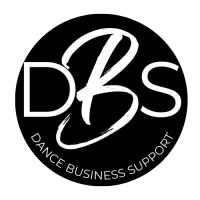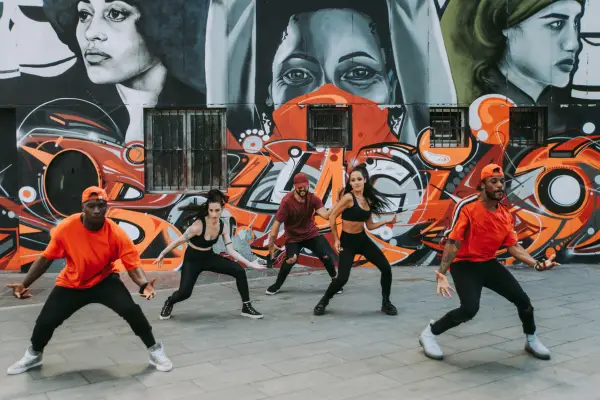Dance is a universal form of expression that transcends borders, cultures, and languages. It has the power to convey emotions, tell stories, and captivate audiences in ways words often cannot. Dance companies play a crucial role in fostering and showcasing this art form, offering a platform for dancers to hone their skills, collaborate with fellow artists, and share their passion with the world. In this article, we will delve into the world of dance companies, exploring the diversity that exists within this creative sphere, from small community studios to elite professional ensembles.
What is a Dance Company?
A dance company is an organized group of dancers, choreographers, and often other artistic collaborators who come together to create, rehearse, and perform dance works. These companies can vary widely in size, structure, and level of professionalism, reflecting the diverse nature of the dance world.
Small Community Dance Studios
Small community dance studios are often the first step for aspiring dancers, where they can begin their training, explore different dance styles, and develop their skills. These studios serve as a nurturing ground for young talent, fostering a love for dance and a sense of community. Examples of such companies may include neighborhood dance schools, non-profit organizations, or amateur dance groups that cater to individuals of all ages and backgrounds.
While these companies may not be focused on achieving a high level of professionalism, they still contribute significantly to the local arts scene by providing accessible dance education and recreational opportunities. Recitals and small-scale performances are common in these settings, and the emphasis is on personal growth, self-expression, and enjoyment of dance.
Regional or Semi-Professional Dance Companies
Moving up the ladder of professionalism, regional or semi-professional dance companies offer more intensive training and performance opportunities. These companies typically consist of dancers who may have completed some formal dance education and are looking to pursue dance as a career. They often perform in local and regional venues, showcasing a wide range of dance styles, from contemporary and jazz to classical ballet.
These companies may receive partial funding from local arts organizations, grants, and ticket sales, but they often rely on part-time or volunteer staff. Dancers in these companies might also hold day jobs to support their dance careers. An example of a regional company would be a modern dance troupe that tours within a specific geographical area, presenting innovative works to a loyal regional audience.
Professional Dance Companies
At the highest level of professionalism, we find world-renowned dance companies that have achieved excellence in their respective genres. These companies often have full-time, highly trained dancers, choreographers, artistic directors, and administrative staff. They perform on prestigious stages worldwide, collaborate with renowned choreographers and musicians, and have a significant impact on the global dance community.
Examples of such professional dance companies include the New York City Ballet, Alvin Ailey American Dance Theater, the Royal Ballet in London, and the Bolshoi Ballet in Russia. These elite ensembles are dedicated to pushing the boundaries of dance, preserving and innovating traditional styles, and producing groundbreaking works of art.
Conclusion
Dance companies are vital to the world of dance, providing a diverse range of opportunities for dancers and choreographers to pursue their passion and share their art with the world. From small community dance studios to elite professional ensembles, the dance company landscape is rich and varied, catering to individuals with different backgrounds, aspirations, and levels of professionalism. Regardless of their size or focus, dance companies contribute to the cultural enrichment of society and serve as platforms for artistic expression and creativity.







